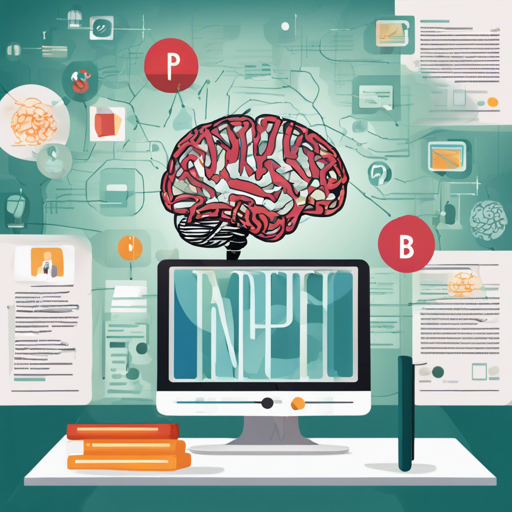Natural Language Processing (NLP) serves as the backbone of many sophisticated AI applications today, and understanding its nuances can be pivotal for the legal domain. One such innovation is the MultiLegalSBD (Sentence Boundary Detection) dataset. In this article, we’ll explore how to effectively leverage this resource to assist with Sentence Boundary Detection tasks in multilingual legal contexts.
What is Sentence Boundary Detection?
Sentence Boundary Detection (SBD) is crucial for parsing and understanding texts, particularly in legal settings where sentence structures can be intricate. Misplaced sentence boundaries can distort the meaning and lead to poor outcomes in legal analysis. The MultiLegalSBD dataset provides solutions to this issue by offering a vast array of annotated sentences from various languages.
The Dataset: What’s Inside?
- Over 130,000 annotated sentences
- Curation from six different languages
- Models and code made publicly available for community use
How to Use the MultiLegalSBD Dataset
Here’s a step-by-step guide on how to utilize the MultiLegalSBD dataset and build your models for SBD:
- Download the Dataset: Start by accessing the dataset from the provided DOI link. This link directs you to the official repository where you can download the dataset and accompanying tools.
- Explore the Structure: Familiarize yourself with the structure of the dataset. The sentences are categorized by language, and there are various formats to choose from.
- Choose Your Model: The authors of the dataset suggest using models like CRF, BiLSTM-CRF, or transformer-based architectures. Assess your project requirements and choose a model accordingly.
- Set Up Your Environment: Ensure you have the necessary libraries and tools installed in your Python environment. Typical dependencies include NLTK, TensorFlow, or PyTorch.
- Train Your Model: Use the provided annotated sentences to train your selected model. Experiment with both monolingual and multilingual configurations to see what works best for your data.
Understanding the Results
The experimental results from the dataset showcase that existing models often perform poorly on multilingual legal data. The MultiLegalSBD dataset helps to address this by allowing you to fine-tune your own models, resulting in state-of-the-art performance, particularly in zero-shot scenarios, like those seen in tests on Portuguese data.
Troubleshooting Tips
While working with the MultiLegalSBD dataset and developing your models, you may encounter some issues. Here are a few troubleshooting ideas:
- Performance Issues: If your model isn’t performing as expected, consider adjusting hyperparameters or re-evaluating your preprocessing steps.
- Data Format Errors: Be meticulous with your data formats; minor discrepancies in annotation can lead to significant issues during training.
- Missing Dependencies: Double-check that all necessary libraries and tools are installed and up to date; version mismatches can cause errors.
For more insights, updates, or to collaborate on AI development projects, stay connected with fxis.ai.
Conclusion
At fxis.ai, we believe that such advancements are crucial for the future of AI, as they enable more comprehensive and effective solutions. Our team is continually exploring new methodologies to push the envelope in artificial intelligence, ensuring that our clients benefit from the latest technological innovations.

